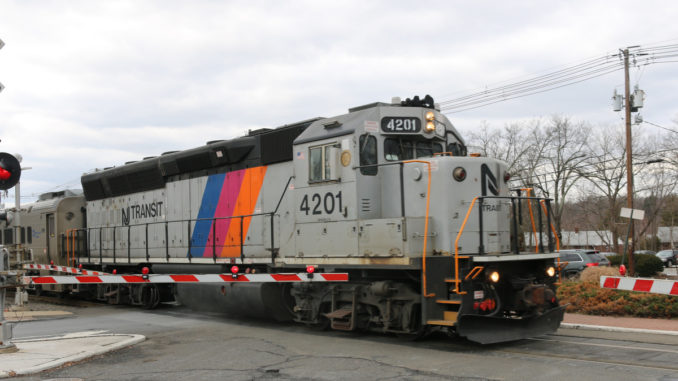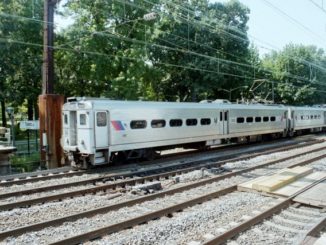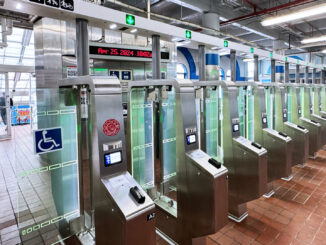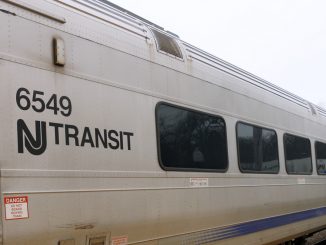
The Federal Transit Administration (FTA) is handing out $9.1 million in funding for 10 projects in nine states.
The money, through the Safety Research and Demonstration and the Bus Operator Compartment programs, supports safety and innovation in the transit industry.
“This $9.1 million federal investment will help transit agencies across America advance new technologies that will enhance safety and benefit transit riders,” U.S. Transportation Secretary Elaine L. Chao said in a news release.
FTA’s Safety Research and Demonstration Program is part of a safety research effort at the U.S. Department of Transportation that provides technical and financial support for transit agencies to pursue innovative approaches to eliminate or mitigate safety hazards.
The Bus Operator Compartment Program supports the redesign of transit bus operator compartments to improve bus operators’ safety and the passengers they serve.
Rail projects include:
- In Pennsylvania, the Southeastern Pennsylvania Transportation Authority (SEPTA) in Philadelphia, Pennsylvania, will receive $742,000 to install an automated employee protection system, allowing transit workers to enhance their safety while working on the tracks.
- In Illinois, the Chicago Transit Authority (CTA) will receive nearly $1.2 million for a pilot project to install new safety features for the electrified third rail at Oakton Skokie Station. The rail will be buffered and feature warning labels to improve safety.
- In New Jersey, Rutgers University will receive $357,072 to research and analyze trespasser detection at New Jersey Transit highway-rail crossings. Artificial Intelligence (AI) technology will gather data and help transit agencies develop trespasser avoidance solutions.
“FTA is committed to working with the transit industry to improve the safety of our nation’s public transportation systems,” FTA Deputy Administrator K. Jane Williams said in a news release. “These innovative new designs and projects will protect transit employees and passengers, as well as improve the overall safety and reliability of the service.”




